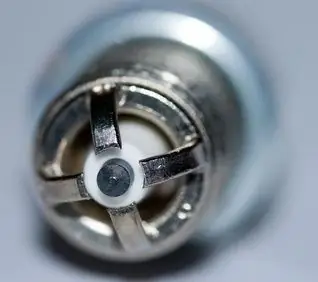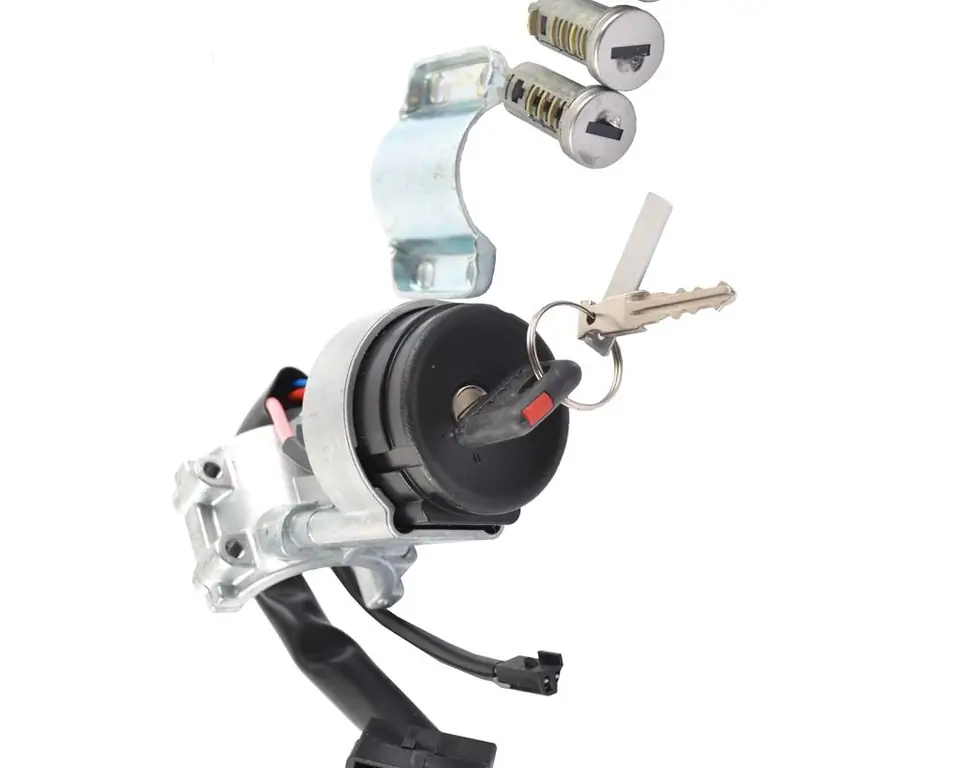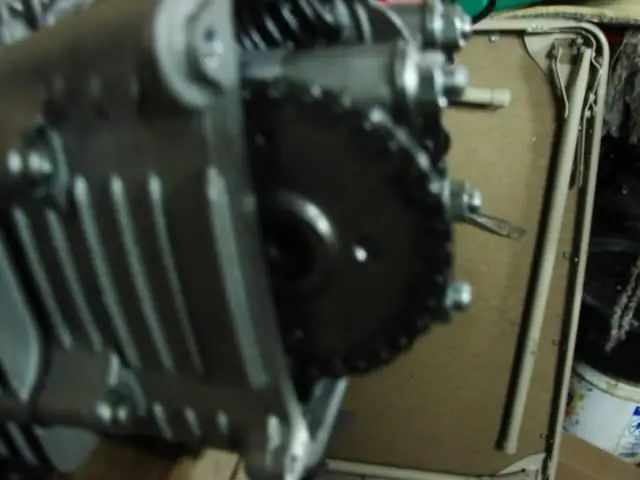2025 Author: Erin Ralphs | [email protected]. Last modified: 2025-01-22 21:14:09
In order to timely ignite the air-fuel mixture in a gasoline internal combustion engine, an ignition system is needed. It is she who is responsible for the appearance of a spark between the contacts of the electrodes of the spark plugs at the right time. Converting from a low voltage of the on-board network of 12 V to a higher voltage of up to 30,000 V, the system distributes the spark at a given time to a specific cylinder. A diesel engine does not need such a system, since its combustion principle is based on the compression stroke.
In the article we will try to figure out how to set the ignition on the VAZ-2109. And along the way, we will offer a lot of other useful information.
How to set the ignition on the VAZ-2109

What is needed for this? Before you set the ignition on the VAZ-2109, you must first visually inspect several nodes that are responsible for the correct operation of the entire engine. These include:
- candlesignition;
- high voltage ignition coil;
- capacitor;
- distributor (ignition distributor);
- armored wire;
- breaker contacts.
After everything is inspected, the engine is warmed up to an operating temperature of 90 degrees, and then the ignition timing is set. To install it, you need to find the viewing window located on the gearbox housing, open it and combine the mark on the crankshaft flywheel with the scale. Thus, the piston of the first and fourth cylinders should be at top dead center. This can be checked by removing the timing belt guard, or by removing the spark plugs. If the 1st and 4th pistons are at TDC of the cylinder, then the mark on the camshaft pulley will point to the casing mark.

When the marks are in a given place, remove the wire from the breaker going to the ignition coil and connect a 12 V bulb to it. We hook the negative wire of the bulb to the car body. Then we loosen the distributor mounting nuts and turn on the ignition by turning the key in the ignition lock. The light bulb should be on. Slowly rotating the distributor, watch when it goes out. As soon as this happens, we rotate it in the opposite direction and at the moment when the light comes on again, we tighten the nuts. Now you know how to set the ignition on the VAZ-2109.
Checking the ignition "by ear"
This verification method is not the most accurate, as it requires some experience. You can check the correct installation of the VAZ-2109 ignition by ear both on the injection and on the carburetorengine. After warming up the car and accelerating it to a speed of approximately 50 km / h, you need to turn on 4th gear. Then you need to sharply press the accelerator pedal and listen to the sound of the engine. If characteristic detonation occurs, everything is fine - the ignition is set correctly, and if this does not happen, the ignition moment is late. Detonation may be too strong, this indicates that the ignition is early.
Setting the ignition on the VAZ-2109 using a stroboscope

One of the easiest ways to install the VAZ-2109 ignition with a carburetor is the stroboscope method. To do this, we take this device, connect it to the on-board network of the car, remove it from the distributor and turn off the octane corrector tube. We set the TDC 1 and 4 of the piston through the hatch located on the gearbox housing and direct the strobe beam to the crankshaft flywheel marks. After that, loosen the three nuts securing the distributor and, slowly rotating it, set the ignition timing depending on the gasoline you use. For A-92 this angle is 1 degree, and for A-95 it is 4 degrees.
"Correct" ignition
The key to stable, long and correct operation of the engine is the correct setting of the ignition timing 2109, as well as any other model. Indeed, with the wrong moment, overheating of the engine, an increase in fuel consumption, increased wear of parts, and unstable idling can occur. In addition to the above, the motor will not develop power that meets the nameplate specifications.
Recommended:
How to set the ignition on a four-stroke engine?

Not to say that often, but there are times when the ignition goes off by itself. Then there is a need to install it, because over time, interruptions in operation completely lead to the failure of the engine to start. Let's figure it out
Ignition module as an element of the ignition system

The ignition system is a set of elements that, during synchronous operation, provide ignition of the air-fuel mixture. One of the very important elements of the ignition system is the ignition module
"Lada-Kalina": ignition switch. Device, principle of operation, installation rules, ignition system, advantages, disadvantages and features of operation

Detailed story about the ignition switch Lada Kalina. General information and some technical characteristics are given. The device of the lock and the most frequent malfunctions are considered. The procedure for replacing with your own hands is described
How to set the ignition on a 4t scooter? Principle of operation, causes of malfunction and setting

How to set the ignition on a 4t scooter? Problems with the ignition of a 4-stroke engine can appear for various reasons, but they all lead to the same result - the engine stops starting
How to set the ignition on KamAZ correctly?

Knowing how to set the ignition on KamAZ using minimal equipment and tools, you can solve this problem even in the field. To do this, it is necessary to understand the principle of operation of the ignition system, as well as the reasons why it may fail

